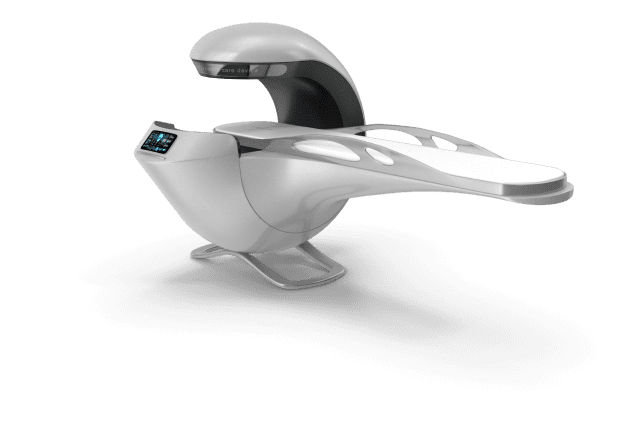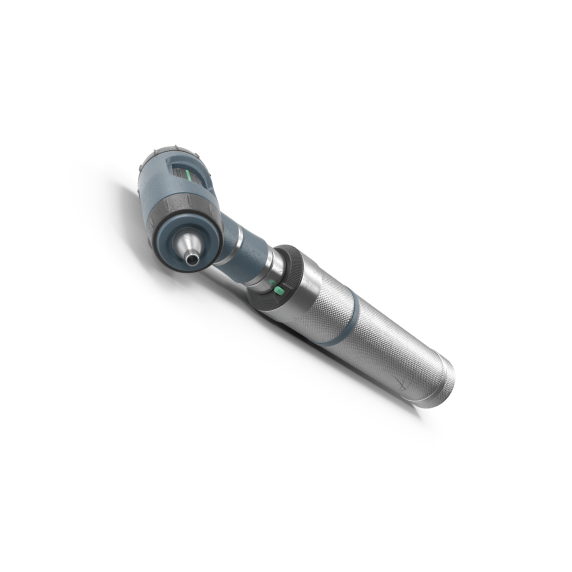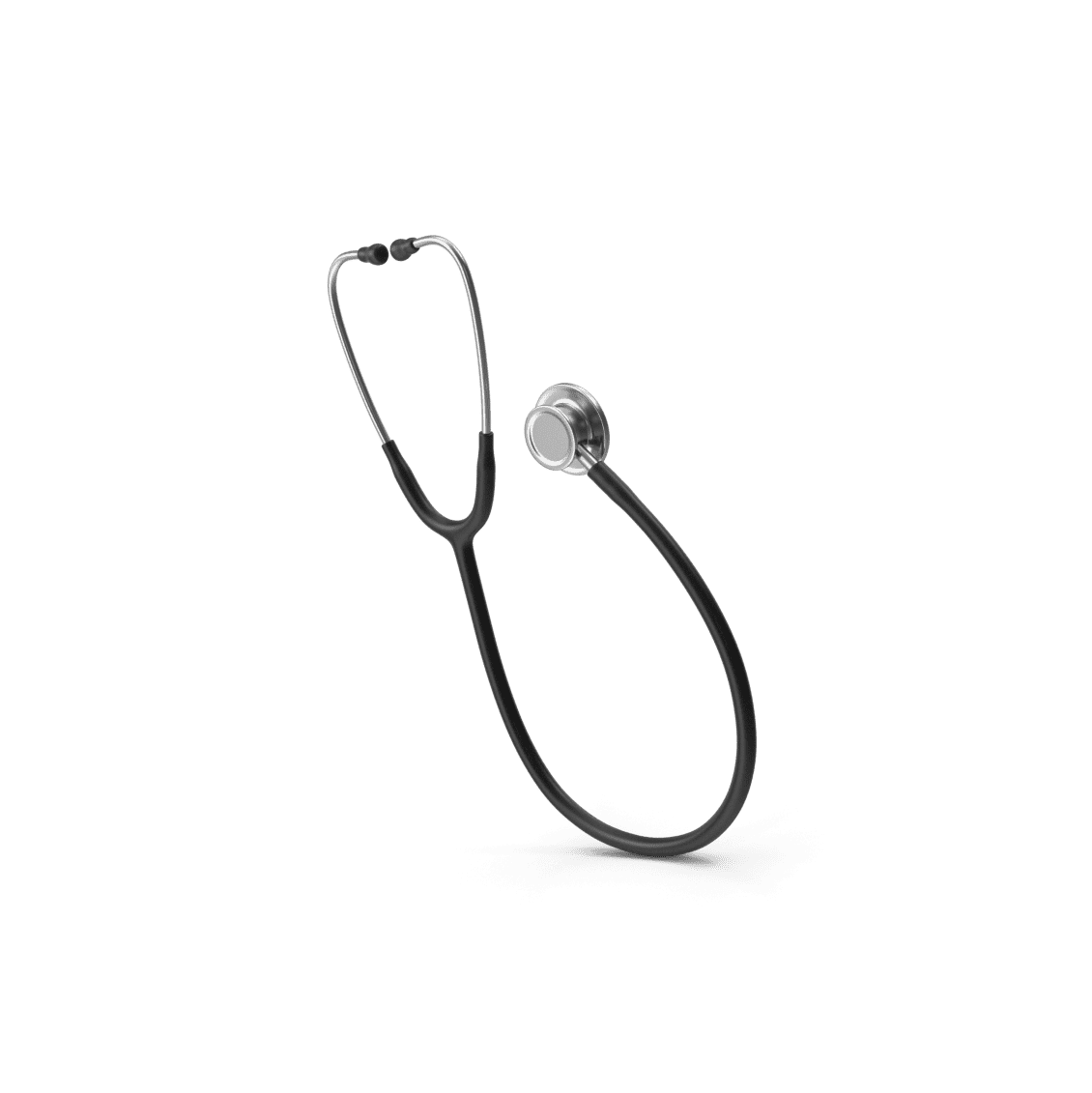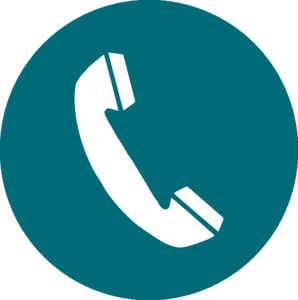Html code will be here
РЗН Эксперт - ваш эксперт и помощник в сфере разработки и регистрации медицинских изделий, организации производства и внедрения СМК медицинских изделий

01 / 03

Strict adherence to standards and innovation at every stage from the idea to the release of the product
Comprehensive services for the design and development of medical devices and localization of production
Author's technique for creating a sustainable quality management system according to ISO 13485, support during inspections
Comprehensive services for planning, developing and implementing a quality management system for medical device manufacturers
Guarantee of bringing your product to market. We work with products of any complexity and risk class
Comprehensive support of the registration process of medical devices and medicines

01 / 03

A unique offer for Russian manufacturers of medical devices for VIRD/VIRU services
Promotion
A unique offer for Russian manufacturers on inspection and implementation of QMS
Promotion
Our services
Registration of medical devices
- Documentation development
- Support of the process
- Tests of medical devices
Consulting QMS of medical devices
- Development and implementation of ISO13485
- Accompanying the inspection of PP 135 Russian Federation
Registration of medicines
- Documentation development
- Monitoring and assistance.
Amending the RC/RD
- Preparing documentation
- Support of the process
Marketing research of MD and medicines
- Analysis and strategy development
- Promotion and positioning
Technical and medical translation
- Professional translation of technical and medical documentation
- Notarial attestation of the translations
Development of medical devices
- CAD-design
- Localization of production in Russia

RZN Expert - is your trusted partner in the medical device industry. We help both international and local manufacturers bring their products to market and drive business success!
About us
Cooperating with us you will receive:

Expertise in the field of medical products
Our team includes professionals with specialized education in chemistry, biology, chemical engineering, biotechnology, microbiology, biochemistry, and biomedical engineering, along with extensive experience in medical devices.

Convenient communication with Russian and foreign companies
We are always available—our office is located in the heart of Moscow, just 30 seconds from Kropotkinskaya metro station and 10 minutes from Roszdravnadzor, making interactions with this regulatory authority more convenient. To ensure effective communication with international clients, our team includes a professional translator fluent in English, Chinese, and Turkish.

Data security and efficient processing
We use a secure server for data storage and guarantee the protection of sensitive information. Our automated documentation development methods, powered by artificial intelligence, help us optimize processes, reduce costs, and deliver results faster.
Companies that trust us


What documents are required for the initial assessment in preparation for the state registration of a medical product?

Complete documentation including technical documentation, test results, production process data and other documents to support the safety and efficacy of a medical device should be provided.
What are the requirements for toxicological tests when registering medical products in Russia?
The toxicological tests must confirm that materials used in a medical product are safe to interact with the human body. It is important that the tests are conducted in accredited laboratories and comply with Russian standards and norms.
How much technical testing is required for the registration of a medical product in Russia?
The scope of technical tests depends on the risk class of the product. The tests must confirm that the product meets the requirements for functionality, safety and reliability. For higher risk classes, more extensive testing is required.
What steps does the process of preparation and submission of the registration file to Roszdravromnozh include?
The process of preparation and submission of the file includes collecting all necessary documents, their verification and systematization, preparation of a cover letter, as well as the submission of the documents to Roszdraveznaya. It is important that the file be complete and appropriate, otherwise there may be delays in its review.
How is the work with comments from the expert organization when registering a medical product?
If the expert organization identifies shortcomings or requires additional data, it is necessary to prepare and provide the requested information promptly. The work with comments includes analysis of comments, preparation of replies and corrections, and resubmission of documents.
What are the main requirements for clinical trials of medical products during registration?
Clinical trials should confirm the efficacy and safety of a medical device under real-life conditions. The trials should be organized according to protocols approved by the Rossodradzor and conducted in accredited medical institutions.
What steps should be taken to resume the registration process after a clinical trial has been completed?
After the clinical trials are completed, the results should be included in the registration file and submitted to Roszrábráspója for final review. It is also important to ensure that all previous comments made by the expert organization have been taken into account and addressed.
What features should be considered when registering medical products manufactured abroad?
For foreign manufactured medical products, you must obtain a permit to import samples for testing in Russia. It is also necessary to organize and check the translation of all documentation into Russian language, so that it meets the requirements of Roszdravreva.
What are the time limits for the registration of medical products in Russia?
The time period depends on the risk class of the medical product: for products of class 1, registration takes 8 months, for products of classes 2a, 2b and 3, 12 months. These deadlines include time to conduct all necessary tests and review of the file in Roszdravonov.
What potential difficulties can arise in the process of registration of a medical product and how can they be minimized?
The time period depends on the risk class of the medical product: for products of class 1, registration takes 8 months, for products of classes 2a, 2b and 3, 12 months. These deadlines include time to conduct all necessary tests and review of the file in Roszdravonov.
What requirements should ISO 13485:2016 consider when designing medical products at the design stage?

The design phase should take into account the requirements of ISO 13485:2016, including risk management, documentation of design requirements and validation, as well as ensuring traceability of all decisions made in the design process. It is important that all requirements of the standard are integrated into the design process from the very beginning.
What role does CAD design play in the medical product development process and what are the benefits?
CAD engineering is key to the development of medical products, enabling accurate digital models, simulations and early defect analysis. This significantly reduces development time, reduces the number of prototypes and reduces the risk of errors, which increases overall process efficiency.
What criteria should be considered when choosing a CAD system for the development of medical products?
When choosing a CAD system, the following criteria should be taken into account: compatibility with existing systems and standards, ability to integrate with product data management (PDM) systems, support of necessary tools for analysis and simulation, and compliance with the requirements of ISO 13485:2016 for design management and documentation.
How to ensure that the medical device developed meets the requirements for biocompatibility and safety at the design stage?
The design phase should take into account the materials from which the product will be made and their biocompatibility with the human body. It is also important to carry out risk analysis and appropriate testing to ensure that the product is safe for end users. Integrating these requirements into the CAD design process helps avoid costly changes at later stages.
How to organize the process of change management in the design of a medical product when using CAD system?
To manage changes in the medical product design, it is necessary to implement a system of control versions and documentation changes in the CAD system. It is important to ensure that all changes are fully traceable, including their justification, risk assessment and impact on the safety of the product. This also includes validating all changes before they are implemented.
What are the key stages of technological support to be considered in the development of a medical device?
The technological support of the development of medical products includes the following key stages: development of process maps and processes, selection and adjustment of equipment, quality control in all production stages, development of assembly instructions and maintenance, as well as training of staff in new product and process handling.
How can I ensure that my processes comply with ISO 13485:2016 in the production of medical products?
To ensure that processes meet ISO 13485:2016 requirements, all processes that affect product quality, including raw material control, process validation, critical parameter monitoring and recording, must be developed and documented. It is also important to carry out regular audits and corrective actions when discrepancies are identified.
How to manage changes in the technological processes of medical device development?
Process change management requires a thorough documented procedure, including assessing the impact of changes on product quality and safety, validating new processes or parameters, and updating all relevant instructions and documentation. All changes should be monitored and approved by the responsible persons.
How to manage changes in the technological processes of medical device development?
Process stability can be achieved by using statistical process control (SPC) methods, regular testing and calibration of equipment, control cards, and causation analysis (e.g., Ishikawa) to identify and address potential problems. It is also important to implement a system for responding quickly to deviations in the process.
How to ensure effective interaction between the development and production department for successful technological support of new medical products?
Effective communication between the development and production department is ensured by regular joint meetings, use of project management systems, documentation and transfer of all necessary information on the process, as well as training of production staff in the new product. This helps to avoid misunderstandings and problems when starting production.
What does the ISO 13485:2016 QMS implementation process involve?

The implementation of ISO 13485:2016 QMS involves several key steps: evaluation of current processes, development and documentation of procedures, quality control at all stages of the medical product life cycle, Training of staff, as well as continuous monitoring and improvement of the system. All these processes should be documented and conform to the requirements of the standard.
What documents should be developed and maintained when implementing QMS?
The following documents should be developed and maintained: Quality policy, quality guidance, procedures for all QMS processes (e.g., risk management, design and development control, discrepancy management, corrective and preventive actions). It is also important to keep records confirming compliance with the standard and system performance.
How to integrate risk management into SMS?
Risk management should be an integral part of all MSA processes. This includes the identification, assessment and control of risks at all stages of the life cycle of a medical product. Risk management begins at the design stage and continues during the production process as well as after the product is placed on the market. The constant monitoring of new risks and the revision of existing measures to control them is an important aspect.
What are the key points to consider when auditing MMC?
When performing an MMC audit, it is necessary to ensure that all processes comply with the requirements of the ISO 13485:2016 standard. It is important to assess not only the performance of procedures, but also their effectiveness in achieving quality objectives. Particular attention should be paid to managing discrepancies, corrective and preventive actions, as well as document management.
What is the role of company management in successful implementation and support of CMS?
The company management plays a key role in the successful implementation and support of CMS. It should ensure the development of a quality policy, set targets, provide resources and define responsibilities for compliance with QMS requirements. In addition, management should be actively involved in the risk management process and conduct regular reviews of the system to assess its effectiveness and implementation of improvements.
What documents and in what form should be provided to the regulator during the preparation for the inspection?
The full set of MCA documents will be required to prepare for inspection, as well as additional documents upon request. Part of the documents must be provided immediately in certified form, the rest of the documents can be provided after the actual visit to the proceedings. It is important to specify in advance which documents will be requested and in what form they should be prepared.
What consequences can be had if the request for inspection does not include all groups of medical products produced in the company?
If the inspection request does not include all medical devices (including those scheduled for registration within the next 5 years), the business may face the need to perform additional inspections, This will entail additional costs and time.
What is the time limit for the correction of discrepancies identified during the inspection and what evidence should be provided to confirm that they have been corrected?
After the inspection is completed, the manufacturer has 30 working days to correct the discrepancies. At this time, photo and video material as well as other evidence of the reconciliation should be prepared for submission to the regulator. It is necessary to know exactly which documents and materials will be considered as sufficient evidence.
How does the discrepancy assessment affect the final inspection report and the possibility of a successful verification?
The final inspection report may include up to two discrepancies with grade 4 or one discrepancy with grade 5. Discrepancies with grade 6 are critical and may lead to rejection of the inspection report. It is important to understand the evaluation criteria and to be prepared in advance to minimize the risks of identifying serious discrepancies.
How are critical suppliers and special processes planned to be audited, and how can these requirements be met?
The inspection examines critical suppliers and special processes such as gluing, cleaning, sterilization, soldering, welding and packaging. It is necessary to ensure in advance that all processes are documented and compliant, and that critical suppliers meet the established standards and criteria.

News and articles
Registration of medicinal products
A registration certificate for a medical device (RC) is an official document that confirms that the medical device has undergone the state registration procedure and complies with the requirements of healthcare legislation.
m. Kropotkinskaya
Moscow, Voekhonka Street, 15
Our Medtech Business information resource on telegram. Legislative changes, market overview and science in the field of medical devices.





